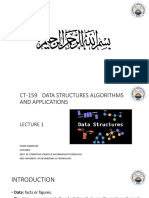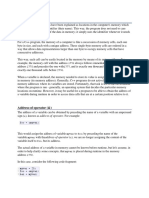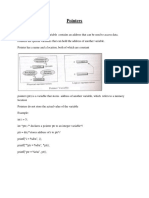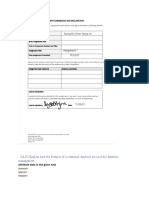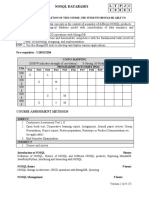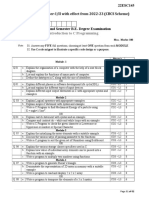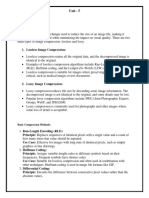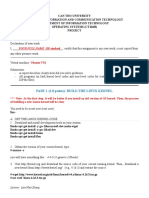0% found this document useful (0 votes)
38 views42 pagesRevision On Pointers and Structures in C++
The document discusses pointers in C++. A pointer stores the address of another variable. Pointer operators like & and * are explained. Declaring and accessing pointers as well as pointer arithmetic are also covered.
Uploaded by
seadamoh80Copyright
© © All Rights Reserved
We take content rights seriously. If you suspect this is your content, claim it here.
Available Formats
Download as DOCX, PDF, TXT or read online on Scribd
0% found this document useful (0 votes)
38 views42 pagesRevision On Pointers and Structures in C++
The document discusses pointers in C++. A pointer stores the address of another variable. Pointer operators like & and * are explained. Declaring and accessing pointers as well as pointer arithmetic are also covered.
Uploaded by
seadamoh80Copyright
© © All Rights Reserved
We take content rights seriously. If you suspect this is your content, claim it here.
Available Formats
Download as DOCX, PDF, TXT or read online on Scribd
/ 42














